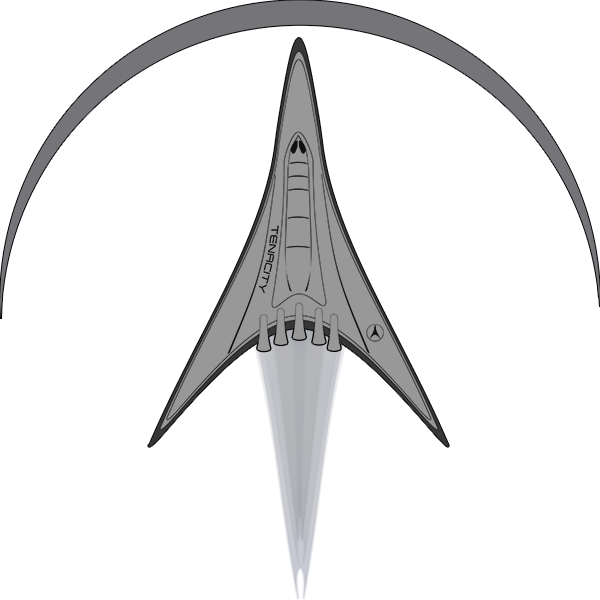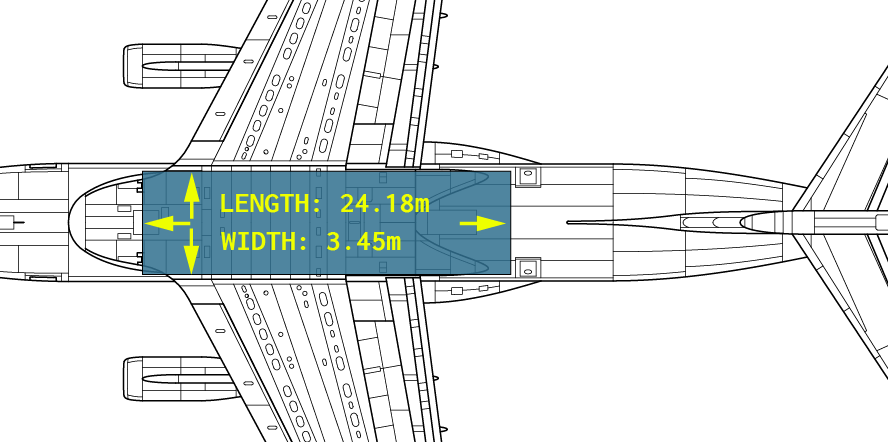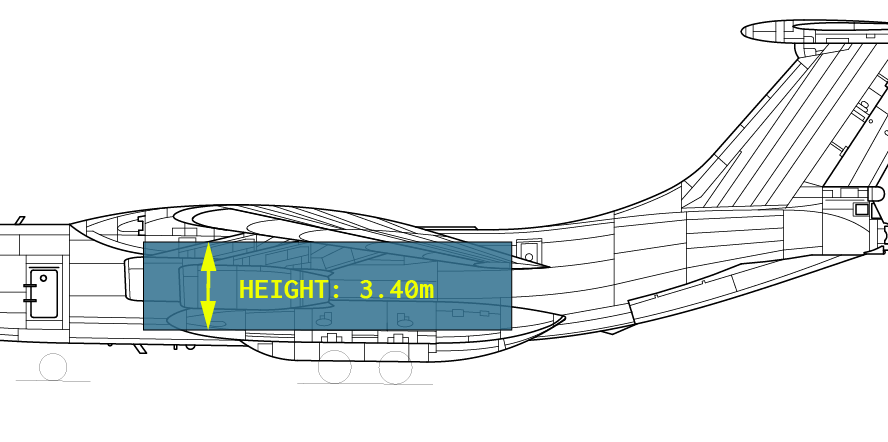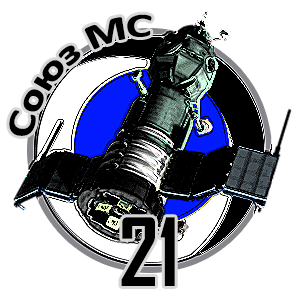
The flying stage
Zero-G for Media with the Ilyushin 76MDK
The flying stage
Zero-G for Media with the Ilyushin 76MDK
Note March 1, 2022: The attack on Ukraine that has now taken place naturally leads us to decide that we will suspend all activities in Russia and at the Baikonur Cosmodrome in Kazakhstan for an indefinite period of time.
SPACE AFFAIRS offers the media a unique opportunity to use the Ilyushin 76MDK as a film or photographing stage.
The Ilyushin 76 MDK (MDK = Flying Laboratory) is used for the training of astronauts as well as for technological testing and research of various devices, units and equipment technology, medical and biological investigations of organisms and their viability under weightlessness and underweight. Also, we use them as aeroplanes for our parabolic flights to give people an insight into the world of weightlessness.
The IL-76 was initially designed as a large cargo aircraft. The Gagarin Cosmonaut Training Center (GCTC) in Star City has three of these unique aircraft, which can be used as a flying laboratory for scientific payload missions and cosmonaut training. It has a large, specially equipped cargo hold, a reinforced airframe, particular wings and stronger engines than the regular version.
We have been flying the IL-76 in Russia since 2001 and have been able to carry out many film and promotion missions and have also worked independently. Among others for the British BBC (Space Odyssey - A Voyage to the Planets - 2005), many advertising campaigns for leading brands (Philips, Sony, LG-Electronics, McDonald's and a lot of more) have been initiated with our help. We carried out art projects in weightlessness ("La Gravedad de Los Asuntos - 2014" & Michael Najjar's art project "Outer Space" - ongoing) and supported many start-up companies such as the German project "Die Astronautin" and carried out music productions in weightlessness.
We are specialised in discussing specific questions and facts with film teams as we have the technical and content-related know-how. Moreover, above all, we have many years of experience.
In many discussions in all the years with marketing and advertising agencies as well as with the brand owners directly it quickly turned out that reality can be cheaper than generating it with software or with and complex stage arrangements.
Challenge us, we bring small as well as large projects into weightlessness. We can also arrange our experienced film teams who can implement your plan in weightlessness, including the most sophisticated technology that is state of the art, or even beyond!
There are no limits to ideas, and if you think that what you have in mind doesn't work, then talk to us. We make it possible and put it into reality.











